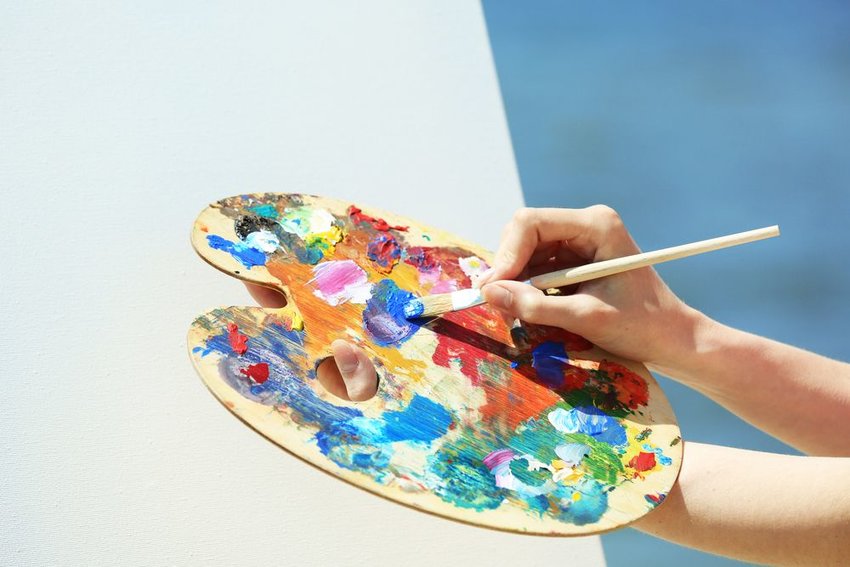The spotted young playful five dogs ran and jumped all over the park.
Sounds a little funny, doesn’t it? That’s because the sentence is breaking the rules of adjective order. Even if you’ve never heard of adjective order before, all native and fluent English speakers follow it. When you looked out your bright yellow curtains this morning, did you think about whether bright or yellow should come first? Nope, because you just know instinctively how they’re supposed to go.
If you want a breakdown, or you’re learning the confusing rules of English for the first time, let’s walk through the rule of adjective order.
The Rule of Adjective Order
The rule of adjective order refers to the order in which adjectives are placed in a sentence. In other words, if you have more than one adjective describing a noun, this rule determines which adjective you should put first, second, third, etc.
As a note, some grammarians include “determiner” at the beginning of this list, but we’re excluding it because determiners are not really adjectives. Determiners are the articles or other limiters that start off the adjective list — things like a, an, the, our, my, etc.
1. Quantity or number — four, five, many, few
Quantity or number is as simple as it sounds. If there's an amount, it goes first. This is usually the easiest to identify.
2. Opinion — pretty, lovely, gross, boring, amazing, hard
Opinions are also called observations. They are adjectives that someone might consider biased. You may look at a painting and find it beautiful, but someone else might consider it ugly. A task that you find to be easy might be difficult for another.
3. Size — huge, small, mammoth, 5 feet tall, 36 inches wide
Size can be a judgment call, or it can also be a concrete, measurable descriptor. Whether or not it involves a number, size is tertiary in adjective order.
4. Shape — triangular, oblong, circular, straight
A shape adjective describes the physical configuration of something. It may refer to an actual shape or the general description of an object.
5. Age — five-year, 12-minute, young, antique, mature, modern, old
An age adjective tells you how old or young something or someone is. It can be a specific number or a general descriptor.
6. Color — purple, marigold, black, pale, sparkly
This one’s pretty obvious as well. It can be one of your standard ROYGBIV colors, or it can be a description of the quality of the color, such as "bright" or "translucent."
7. Origin — French, Italian, Martian, suburban
An origin adjective describes the source of something. Where did the noun come from? Generally this shows up as a proper noun, but it could be something like "rural" or "urban."
8. Material — gold, wooden, polyester, silk, plastic
Material refers to what the noun is physically made of. This can get a bit confusing if you're using a word like "gold," which could be a color or a material, or both.
9. Purpose — cooking, cleaning, hammering, sleeping
This is the last adjective in the order and is often considered part of the noun. It usually references what the item is used for and often ends in “-ing.” Think about a "roasting pan" or a "sleeping bag" or a "curling iron." This final adjective could also be a noun in an adjective form, such as a "coffee mug" or a "flower vase."
Got It?
Don’t worry about memorizing this adjective order. Most native English speakers know instinctively where to place multiple adjectives, and you'll almost never use all of these adjective types together (unless you're feeling particularly verbose). It’s one of those things that you just pick up naturally as you learn to speak, even for multiple language learners.
But that doesn't mean you can't have fun with it. Give it a try — the next time you’re placing a breakfast order, ask for "blueberry huge five pancakes" and see what comes out of the kitchen.

